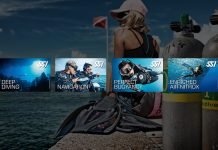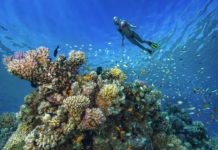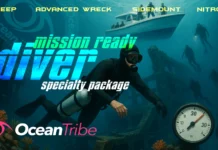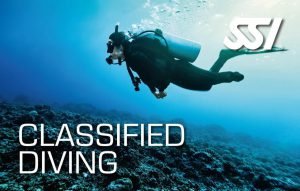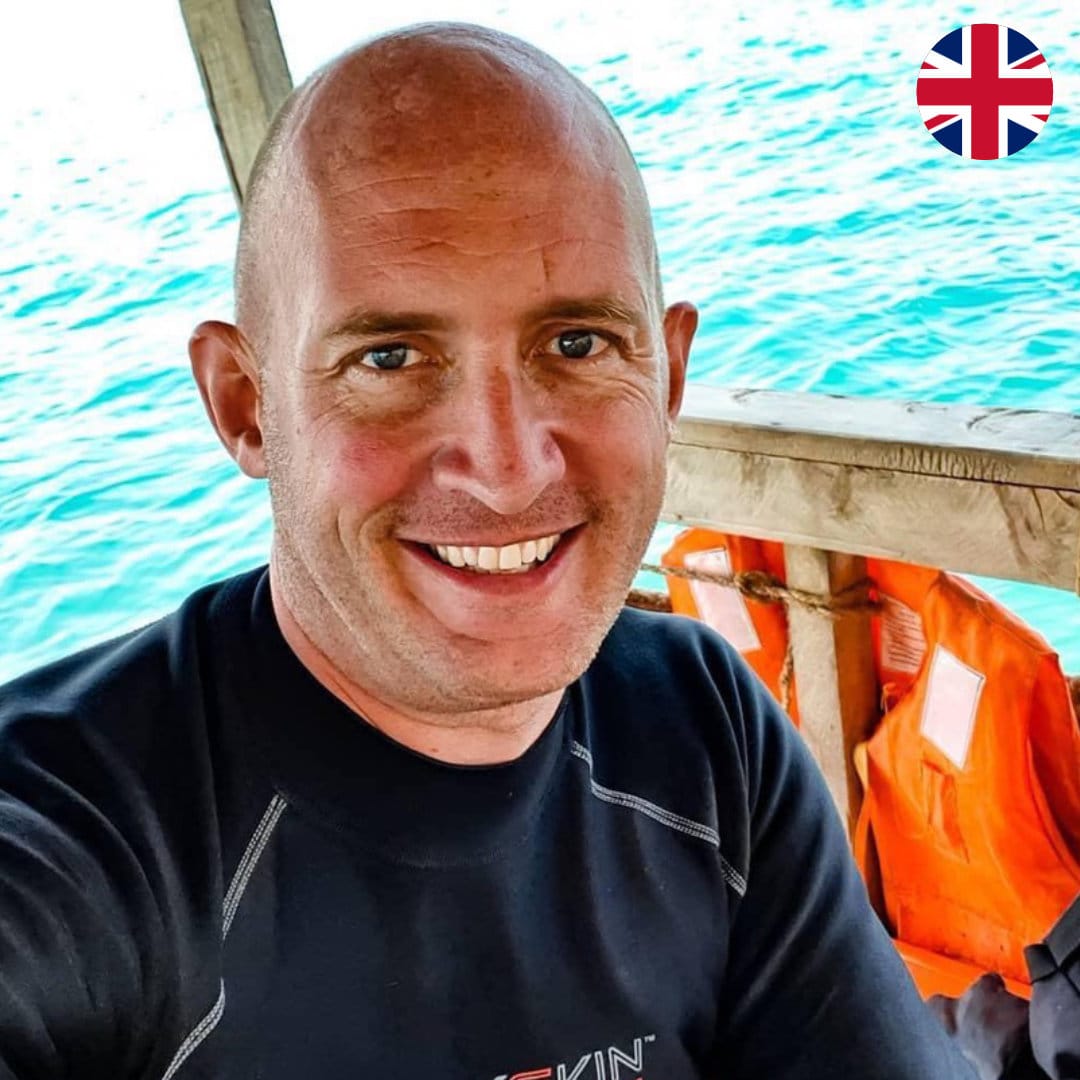Master the Dive Briefing: Set the Stage for Safer, Unforgettable Dives
You’re kitted up, the ocean stretches ahead, and you’re moments away from slipping beneath the waves. That confident, excited feeling? It usually starts with one thing: a strong dive briefing. It’s more than a pre-dive chat—it’s your blueprint for a safe, smooth, and memorable experience.
Dive briefings are where leadership shines. They blend dive site knowledge with clear communication, turning potential confusion into clarity. For beginners, they boost confidence. For experienced divers, they offer essential updates on local conditions, marine life, and environmental rules. And for the dive guide? It’s the perfect moment to inspire trust and excitement.
Ocean Tribe recognises the dive briefing as a key part of responsible dive leadership. Our professional training programs include proven strategies to deliver effective, engaging briefings for every type of diver.
Why Dive Briefings Matter More Than You Think
Every dive site is different, and no two groups are the same. The dive briefing brings it all together. It outlines safety procedures, prepares divers for the environment, and creates a shared plan.
Safety always comes first. A proper briefing covers entry methods, hand signals, emergency protocols, and buddy procedures. It helps divers respond calmly if anything goes wrong.
It also builds awareness. When divers know about site conditions, currents, depth profiles, and potential marine hazards, they navigate more confidently and responsibly. This also helps protect the underwater environment.
And don’t forget the excitement. A great dive leader can transform a technical rundown into a vivid preview of what’s to come—whether it’s gliding over coral ridges, exploring a sunken wreck, or spotting rare marine life.
What Makes a Dive Briefing Effective?
An excellent briefing is clear, concise, and relevant. It describes the site’s layout, points out entry and exit techniques, and introduces key underwater features. It outlines the dive route, expected depth, and dive time. Divers should leave the briefing knowing exactly what to expect—and what to avoid.
Dive leaders also set the tone. A confident, calm delivery creates trust. Adding a personal story or highlighting a unique feature of the site can make the whole dive feel special. If you’re using a whiteboard, powerpoint, or underwater map, even better—it helps everyone visualise the dive before it begins.
Tailoring the Briefing to Your Group
One size never fits all. Good dive briefings adapt to the divers in front of you.
New divers often need more detail. They’ll appreciate reminders on buoyancy, equalisation, and how to stay calm if things don’t go exactly to plan. Experienced divers may want more focus on conditions like surge, currents, or deeper profiles.
If you’re briefing photographers, mention lighting, subject hotspots, and the importance of avoiding contact with delicate life. For families or children, slow things down, clarify entry and exit procedures, and offer extra support. When diving with adaptive or differently-abled divers, focus on communication, inclusivity, and comfort from start to finish.
Don’t Skip the Post-Dive Debrief
After the dive, take a few minutes to bring the group together again. A debrief can turn a good dive into a great learning moment. Talk about the highlights. Discuss what worked and what could improve. Celebrate special sightings or great teamwork.
This is where divers bond. It’s also a key teaching tool. When divers reflect on what they experienced—especially when it comes to buoyancy, navigation, or air consumption—they grow more confident in the water.
SSI Courses That Develop Dive Briefing and Leadership Skills
If you’re ready to elevate your dive briefing skills, SSI offers a clear pathway through its professional training programs.
Start with the SSI Divemaster Program. This course prepares you to lead dives safely and confidently. You’ll learn how to plan dives, manage groups, and deliver comprehensive briefings that cover both safety and enjoyment. It’s the first major step toward becoming a professional. You’ll refine your communication skills and learn how to lead with confidence—even in challenging conditions.
If you’re ready to teach, the SSI Assistant Instructor Course and Instructor Training Course (ITC) help you master public speaking and instructional techniques, including how to tailor dive briefings for students and certified divers alike.
Finally, specialty training like the SSI Advanced Wreck Diving or Deep Diving Specialty courses focus on advanced planning and briefings for complex environments. You’ll learn how to factor in additional safety considerations and environmental challenges specific to those dives.
What You’ll Gain From These Courses
Through SSI’s leadership pathway, you’ll develop a complete skill set that makes your dive briefings stand out. You’ll gain the confidence to speak clearly in front of groups. You’ll learn to adapt your briefing based on location, group dynamics, and changing conditions. And you’ll discover how to embed ocean conservation into every plan you share.
By mastering the dive briefing, you’re not just improving dives—you’re building a reputation as a trusted dive leader.
Your Next Step Toward Dive Leadership Starts Here
Want to lead dives that feel safe, seamless, and unforgettable? Ready to take your communication skills underwater and beyond? The SSI Divemaster course is your starting point. With expert instruction and real-world practice, you’ll learn how to plan dives, brief groups, and build confidence in others.
Every great dive begins with a great briefing. Now’s your time to deliver one.






